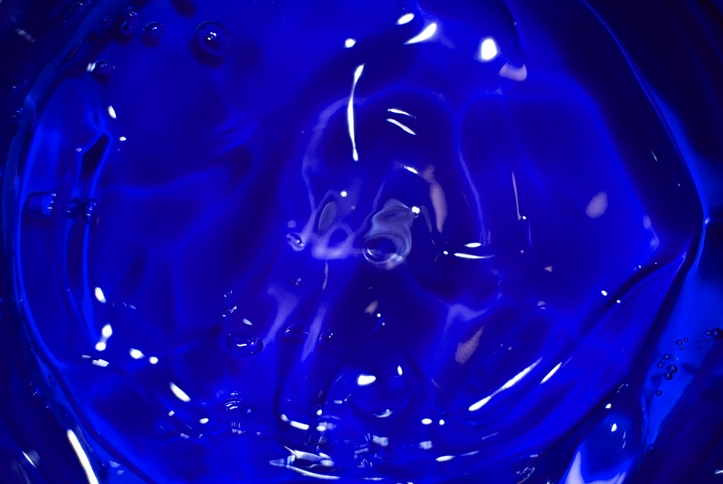We have all experienced the challenges of keeping a bandage on a wound when the skin becomes wet from sweat, water, or blood. Traditional bandages rely on adhesion between a portion of the bandage and the skin. This adhesive bond is compromised when water or other fluids penetrate between the layer.
Hydrogels have been examined in the past as a potential alternative to traditional bandages. Hydrogels, which are three dimensional networks of a hydrophilic polymer that is crosslinked to prevent dissolution, can be designed to have adhesive qualities even in the presence of water.
Researchers at Harvard University are experimenting with two naturally occurring hydrogels (alginate, from seaweed, and chitosan, from the shells of crustaceans) to make a hydrogel bandage that looks like a patch. The hydrogels also incorporate a thermo-responsive polymer (NiPAAM) so that the patch shrinks upon skin exposure, bringing the edges of the wounds together. Early studies on mice show that wound closure is significantly faster than traditional bandages or hydrogels lacking the thermo-responsive polymers.

